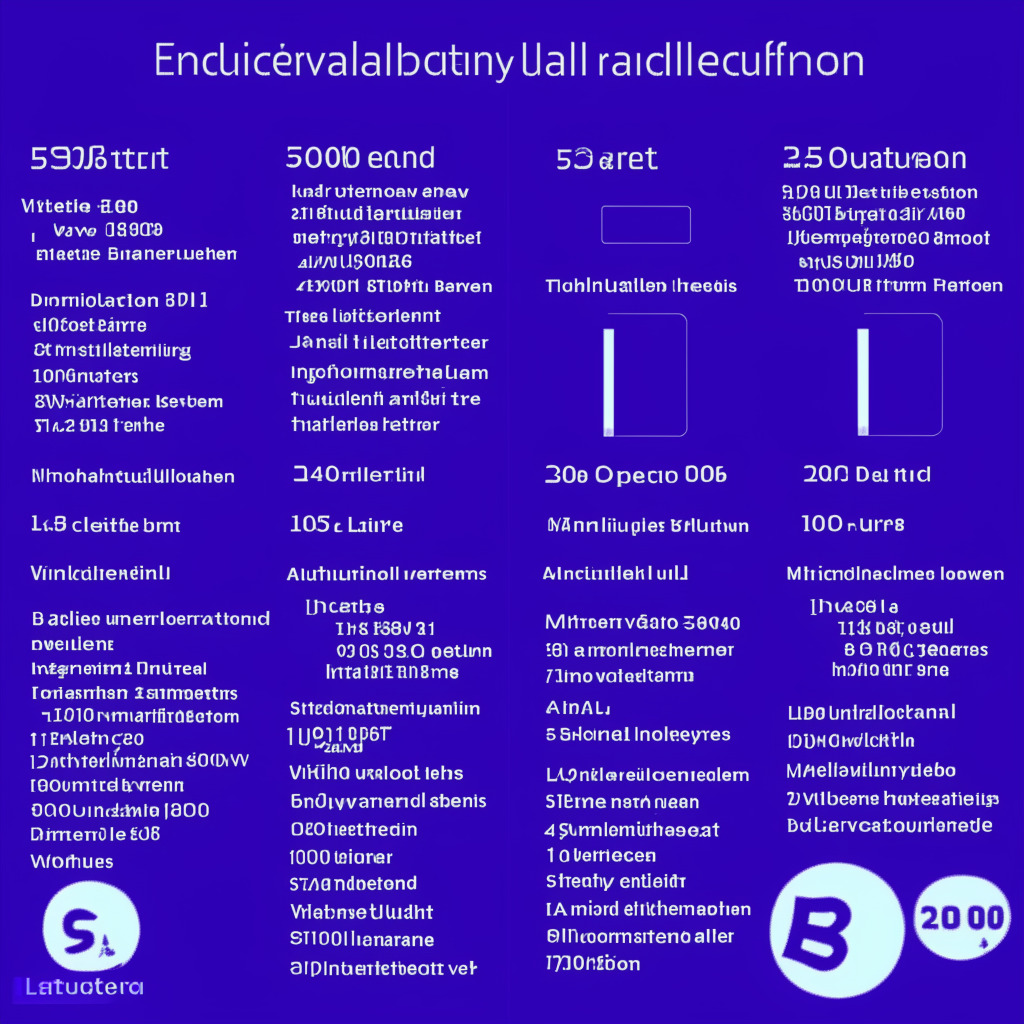Cryptocurrency investors looking to profit from their ether (ETH) holdings may have to wait nearly a month before they can settle as validators on the Ethereum network. Data collected from multiple sources shows that wait times to lock ether stand at 640 hours or approximately 26 days. However, leaving the network takes just 0.013 hours – less than a minute.
Validators are entities within a proof-of-stake blockchain, like Ethereum, that process transactions and help maintain the overall security of the networks. As of May, there were around 50,000 validators in a “queue” waiting to join the network. This surge in validator demand could offer a 5% annual yield, appealing primarily to major ether holders who do not wish to withdraw money and are only seeking passive income from their holdings.
Some market observers suggest that these new validators could be a mix of newcomers and stakers who previously unlocked ether from the network to test if the process worked smoothly and are now re-entering. Matt Leisinger, co-founder of the staking protocol Alluvial, explained, “Immediately after the Shapella upgrade, significant selling pressure came from stakers who had locked tokens for over 18 months and were looking to exit their ETH position in stake.”
This demand has since decreased, as those stakers exited their positions, and we are now witnessing an increase in locking demand with newcomers entering the market. The Shapella upgrade, a combination of the words Shanghai and Capella, named after two significant Ethereum network upgrades that took place simultaneously on April 12th, enabled investors to withdraw their ether in stake at will for the first time.
As a result, staking deposits have surged in recent weeks. Data from on-chain analysis tool Nansen revealed that over 200,000 ether were deposited into the network last week, marking the first time deposits exceeded withdrawals since Shapella went live last month.
These additions have pushed the number of ether locked for staking purposes to over 19 million tokens, which accounts for nearly 15% of the total circulating supply. While the prospect of passive income and network support is alluring for cryptocurrency enthusiasts, this situation also raises questions about the balance between the desire for personal gains and the need for a robust, secure network. In addition, as wait times for validator entry remain long and validator exit is near-instant, the stability of the Ethereum network and its long-term viability may come into question, causing a level of skepticism among some investors.
Source: Coindesk




